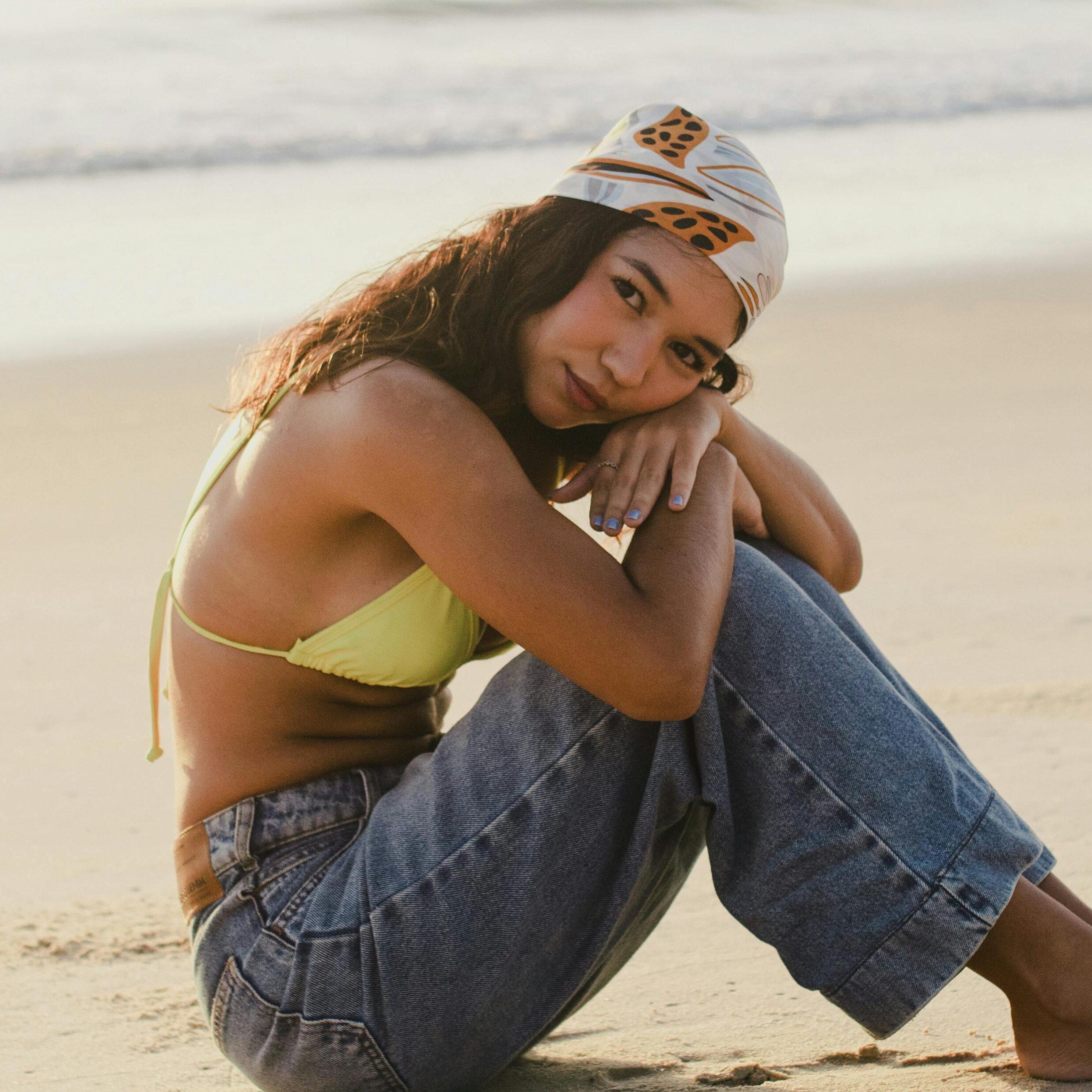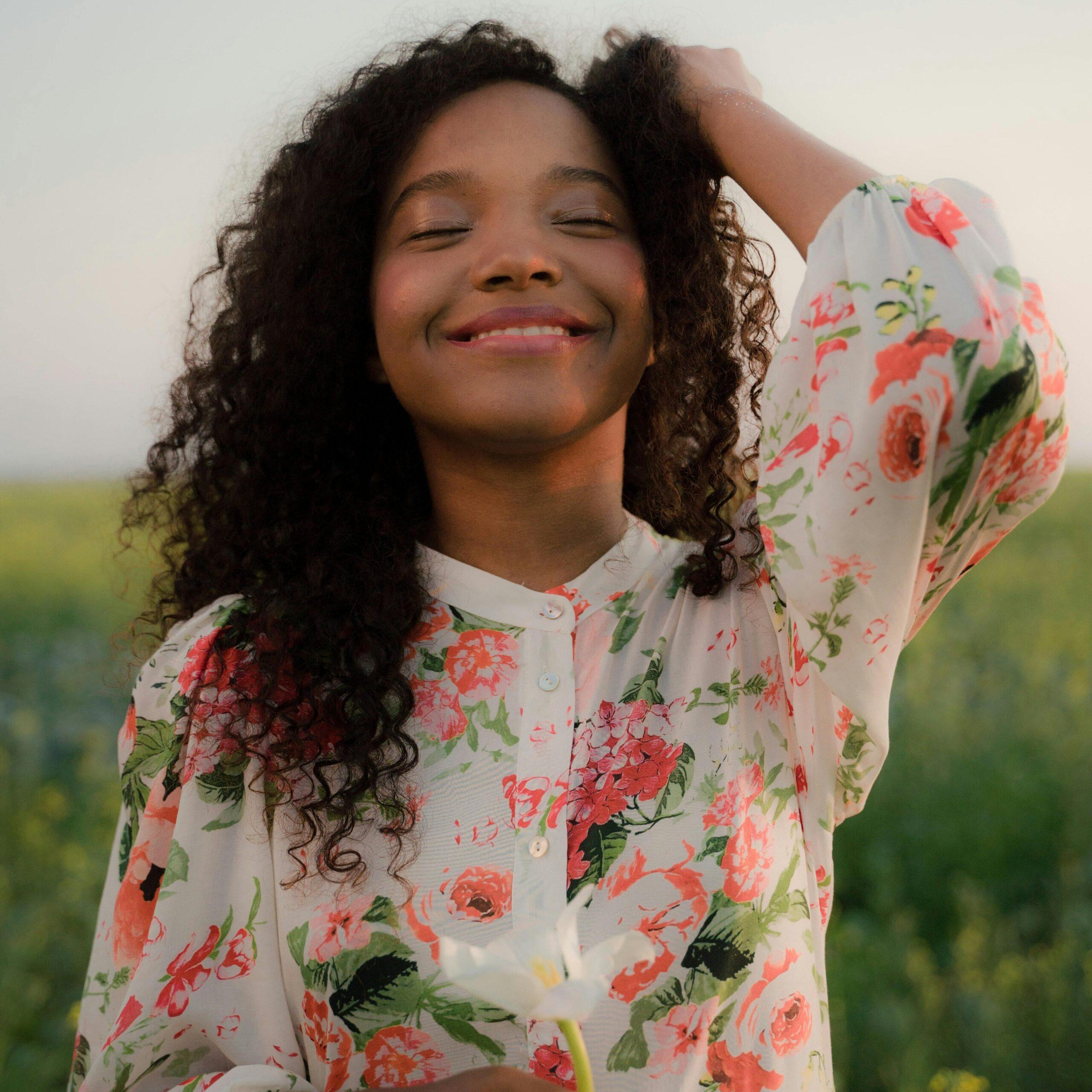Hair is not just an accessory for black women; it is an expression of their culture and their tradition. Each hairstyle for black hair carries significance and is an identity that portrays everything from self-expression to resilience and resistance. It celebrates a legacy.
The Afro, for instance, symbolizes the empowerment and acceptance of the natural hair texture of African American individuals. It serves as a powerful expression of solidarity, granting Black women the autonomy to assert their standards of beauty and self-expression proudly.
Black women in history have led movements and inspired millions through their words and works, along with their actions. They are icons for change and have never compromised on style while bringing about that change.
So here are hairstyles inspired by black women who changed history so you can feel empowered while looking fabulous.
Harriet Tubman

Tubman was promoting women’s empowerment when it wasn’t in the spotlight, and she did it by simply standing for what she believed in.
Freeing a number of slaves from the Underground Railways and never getting caught, she was also the first Black woman to serve in the military as she helped the Union Army during the Civil War.
She was forced to don many layers of clothing for protection from the whips like many black people at that time. She wore long-sleeved clothes with collars and tied bandanas or scarves on her head.
Black people have long worn scarves or bandanas on their heads throughout history. A durag, which is a hairstyle for black hair, is not only worn to keep the hair looking healthy but also to show the strong culture of African American individuals.
Even after being considered criminal due to their prevalence in gangs, they have prevailed and are still worn by black men and women to show their power.
In today’s world, this hairstyle for black hair is used as a testament to show the strength and evolution of black culture over the years and as a style statement.
Rosa Parks
Rosa Parks was the ‘first lady of civil rights’ and the ‘mother of the freedom movement’. She blazed a path for future generations of black women by standing up against racial segregation in the public sphere.
Her signature hairstyle for black hair was a braided updo, complete with a smile. A long-sleeved dress and her spectacles that always sat on her nose were the most iconic things about her look.
Here is how you can do her elegant yet functional braided updo.
- Create a center part in your open hair after thoroughly brushing it.
- Create 3 sections: two smaller ones in the front and one big one in the back.
- Start braiding the two front sections by further dividing them into 3 sections. Secure it with a hair tie.
- Create a bun using the larger section near your neck.
- Use the braids and tuck them into the bun using bobby pins to create a diagonal pattern and crown-like look. This will give the illusion of a woven effect to this hairstyle for black hair.
Maya Angelou

A professional poet and author, Maya Angelou’s poem ‘I Know Why The Caged Bird Sings’, along with her other work, explores themes of racial identity and resilience in the face of adversity.
She was a prominent figure in the civil and political sphere; working with leaders like Martin Luther King Jr.. She advocated for justice and equality in the civil rights movements.
Angelou dressed for business along with a gentle sophistication. She was the epitome of grace and strength. Her hairstyle was a short, curly bob, neat and functional. She experimented with her hair and let it grow out often.
You can embrace your curly hair and this hairstyle for black hair using these simple steps.
- Wash your hair with a sulfate-free shampoo and conditioner, and cold water.
- De-tangle your hair
- Use a leave-in conditioner or curl cream.
- Scrunch the hair using your fingers and a microfiber towel.
- Air dry it, or use a diffuser and add some curl-refreshing spray.
- Use a light leave-in oil to add more definition and add some shine back to the hair.
Curly hairstyle for black hair has allowed black women to express their individuality and trace back to their ethnic roots. They carry a sense of pride as they allow women to express their natural form and be authentic yet accepted.
Aretha Franklin 1942

The ‘Queen Of Soul’ was a musical legacy as well as a civil rights activist. Her music inspired many struggles for racial equality.
She was an icon who promoted pride in African American culture along with empowering women over the world with songs like ‘Natural Woman’.
Franklin was a pop star who constantly sported many different looks and hairstyles for black hair, including an afro, fringes, and fancy updos. She was the ‘it’ girl of glamour and sophistication.
Here is how you can do one of her best hairstyles for black hair: a blowout with curls.
- Section your hair after washing it, and do your regular curly hair routine.
- Add a volumizing spray to add dimension.
- Using a round brush, stretch your curls and blow dry them outwards.
- Use a gust of cold air to reduce frizz and to hold the curl longer.
- Apply a light oil to add shine and fluff up your roots for more dimension and movement.
Conclusion
Black women are celebrated for their diverse hair textures and unique sense of style. Their confidence shines through in both their fashion choices and their actions, inspiring women worldwide to embrace their own identities with pride and strength.
Getting gorgeous long locks that are healthy can be a tedious task, and for many, hair extensions offer a convenient solution. Indique offers a range of high-quality kinky afro hair extensions that cater to diverse textures and styles, empowering women to express themselves while celebrating their roots.
Visit their website to explore options that complement your natural beauty and help you feel confident in every look.











